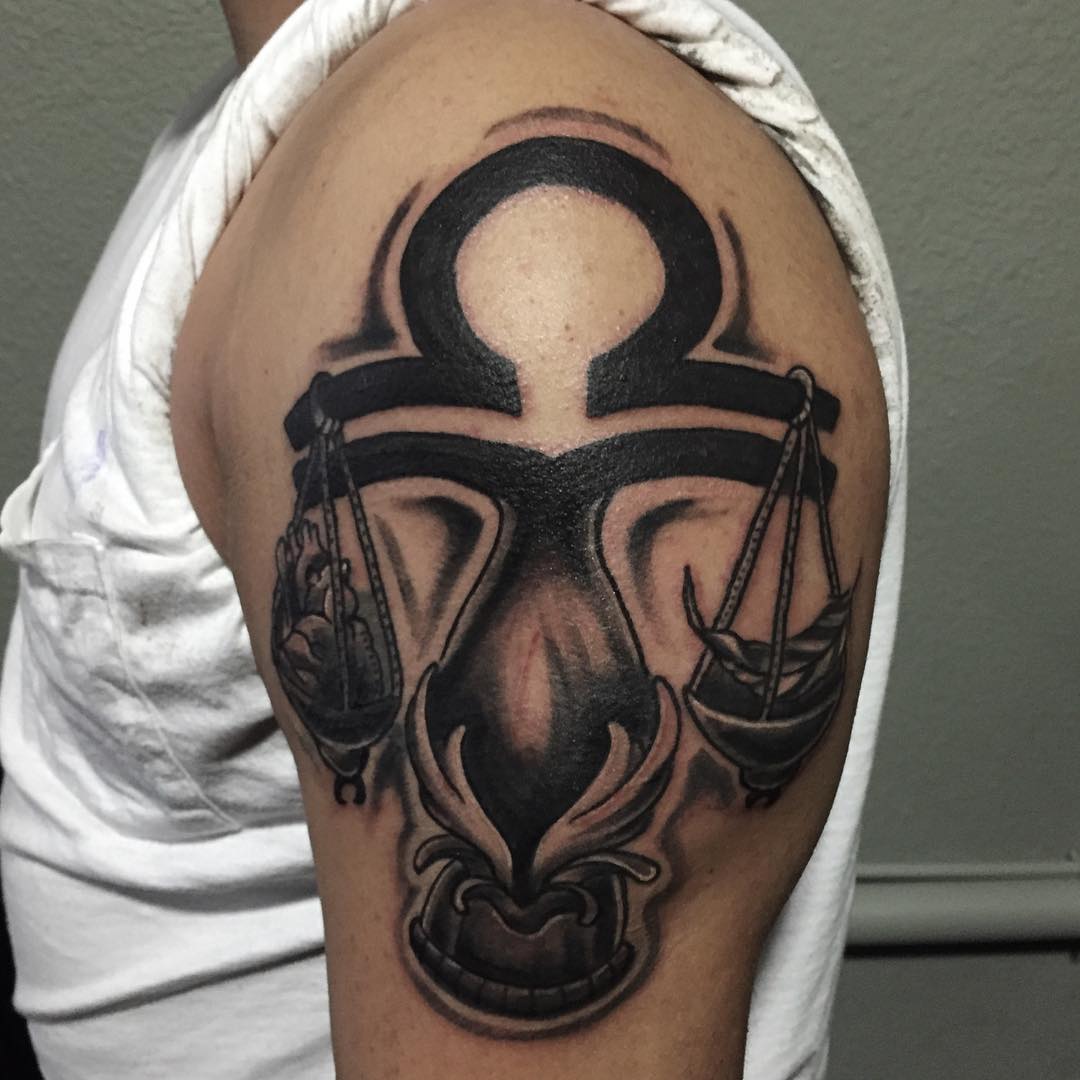Tattoos are lifelong body art. They serve various purposes, such as showcasing beauty, expressing personal beliefs, or commemorating cultural events. Many people desire tattoos as a permanent emblems for these purposes.

Why are tattoos permanent?
tattoos are a means of creativity and a way to display individuality. Tattoos can also communicate important messages.
Tattoo needles perforate the skin at an average speed of 50 to 3,000 times per minute. These repeated punctures injure and wound the skin.
After a skin wound occurs, our immune system responds. It sends white blood cells to heal the injury.
How tattoos are made
A tattoo artist uses an electric tattoo machine. The machine has a needle that moves up and down, piercing the skin between 50 and 3,000 times per minute.
The needle delivers a drop of ink into the dermis layer of the skin. This action provokes an inflammatory response, activating the immune system. This causes blood cells to flock to the wound site.
French scientists theorize that this inflammation ensures the permanent presence of tattoo ink on the skin. Their research found that immune cells, known as macrophages, consume and transfer ink particles. This happens when the macrophages die. This sequence of events creates a cycle. As a result, the ink particles remain in the body indefinitely.
Contrary to previous beliefs, macrophages play a crucial role in skin cell regeneration after tattooing. However, the ink does not permanently stain them.
How tattoos are removed
Laser tattoo removal involves exposing the skin to brief flashes of intense light. The light penetrates the top skin layers and targets specific pigment colors in the tattoo ink.
The pigments break apart and are cleared away by the body’s scavenger cells.
Dermabrasion uses a medical grinding tool to remove the outer skin layers containing ink particles.
Other treatments use chemical solutions or surgical procedures to dissolve ink particles.
How long do tattoos last
Theoretically, tattoos should last a lifetime. However, they tend to fade over time as the immune system cells holding the tattoo ink, the macrophages, die off, and new cells replace them.
The new cells then consume any leftover ink, lightening or dissolving it until it appears faded or blurry. This process typically occurs gradually. So, an initially black tattoo may turn color over time.
The location of a tattoo can also affect its longevity. tattoos that are frequently rubbed against clothing or exposed to sunlight may fade more quickly.

